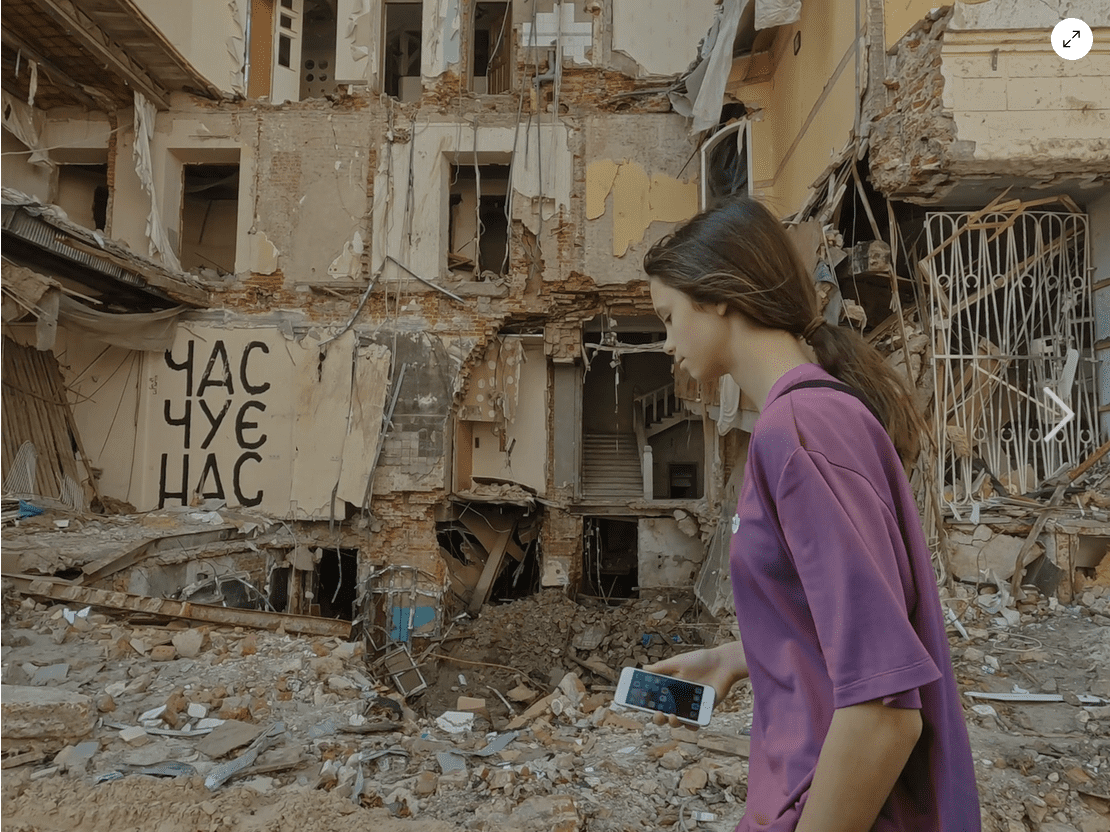The war changed Ukrainian cinema. The directors focused on the subject of a full-scale Russian invasion. The movies tell us like a day of a full-scale invasion changed the lives of ordinary citizens. People, who only yesterday had civilian professions, became real warriors.
As soon as the Ukrainian Armed Forces began to liberate the occupied cities, directors rushed there to record and show the crimes of the Russians to the world. This is how a whole series of pictures, taken right after the occupation were created – Vorzel, Hostomel, Bucha, Irpin…
The films also cover the topic of psychological depression caused by the war. Many heroes ask the question “How to live on?”, “How to psychologically cope with grief, losses, daily pain?”, “How to get used to it (and whether you can get used to it!?) – to the almost constant sounding of air alerts and shellings?”, “How to follow the rhythms of daily life in such conditions?”
For Ukrainians, the invasion sharpened the sense of memory and identity. The movies develop the theme of struggle of the military and those freed from Russian captivity with post-traumatic stress syndrome. Therefore, the movies are about how to help these people.
While the Western world copes with the shock caused by the atrocities of the Russian army in Ukraine, almost 8 million of refugees are fleeing the war. In the movies, we see how the war changed the fate of the refugees. The filmmakers show everyday life during the war: bombed-out roads, abandoned Russian tanks, windows blocked with plywood, queues of people in need of humanitarian assistance, new graves on cemeteries, bomb shelters in the subway, lack of light and the noise of generators…
There are films about loyalty to the oath. There are actors for whom roles they played were the last ones in their lives – they died in the war. The theme of war in cinema is important. It is necessary to inform the world, and the cinematographic community helps. It is people with cameras that make the war visible.
